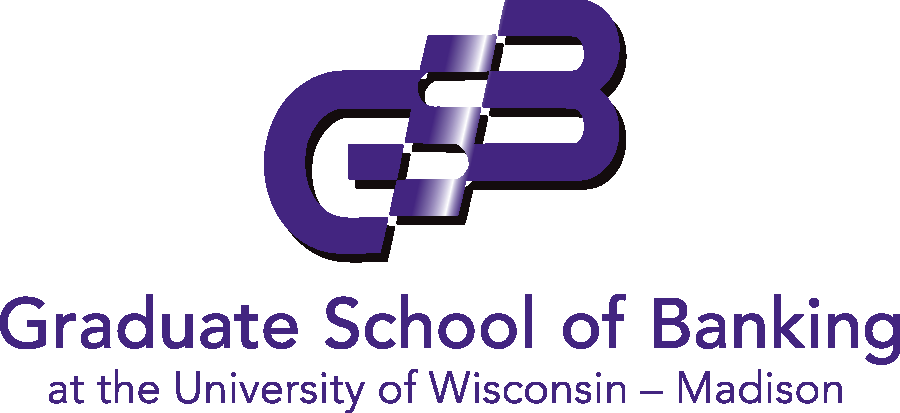4721 S Biltmore Lane
Madison, WI 53718
Home > GSB Online Seminar Series > Business Financial Statements and Tax Returns – Components of Business Financial Statements & Tax Returns-Sp25
Home > Schools & Programs > Business Financial Statements and Tax Returns – Components of Business Financial Statements & Tax Returns-Sp25
Purchasing for others?
$330.00
| Date | 01/14/25 |
|---|---|
| Recording Available Until | 04/14/25 |
| Presenter | Richard Hamm |
| Company | Advantage Consulting & Training |
| Target Audience | assistant relationship managers, branch managers that lend to business owners, commercial lenders, community bankers, Consumer lenders, credit analysts, portfolio managers, private bankers, small business lenders, special assets |
| Program Time | 8:30 am-10:00 am CT |
| Duration | 90 minutes |
Analyzing business financial statements and tax returns starts with understanding the basic components of the balance sheet and income statement, along with the reconciliation of retained earnings, plus footnotes and other disclosures. The business tax return is nothing more than a financial statement with similar components, but with a different format and structure. A second step is to use a diagram, with the components in rough proportion to dollar size, to see how the components “flow” together and interact to create three major financial relationships: (1) Sales to total assets, (2) profit retention, and (3) leverage. A third step is to identify and understand the key principles underlying the three primary methods of accounting, followed by examining an accountant cover letter, if applicable.
Topics to be covered include:
• Identify various financial statement analysis options and tools, plus the basic structure and purposes of financial statements and tax returns
• Diagram the statement components and how they flow together and create three major relationships
• Identify various levels of accountant-prepared financial statements (compilations, reviews and audits) and related accountant cover letters
• Describe key issues in using internal or company-prepared statements, as well as interim statements
• Compare and contrast the three primary methods of accounting
• Key standards, limitations and alternatives within accrual accounting or generally accepted accounting principles (GAAP)
4721 S Biltmore Lane
Madison, WI 53718
We use cookies to enhance your experience on our website. By clicking "Accept," you agree to the storing of cookies on your device to analyze site usage, enhance site navigation, and assist in our marketing efforts. If you do not wish to accept all cookies, you can manage your preferences by clicking "Deny." For more detailed information about the cookies we use, see our Cookies Policy.

| Thank you for Signing Up |
